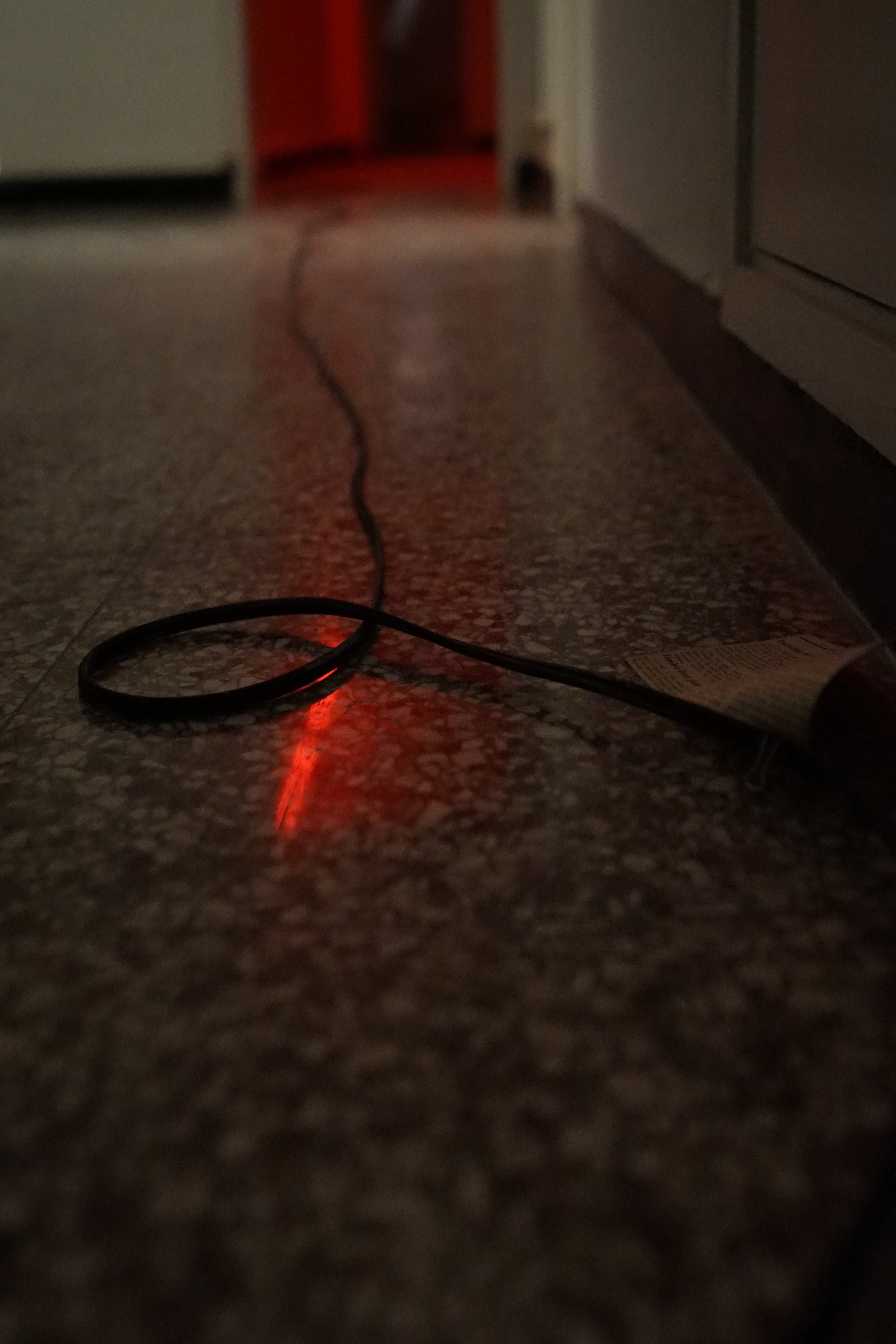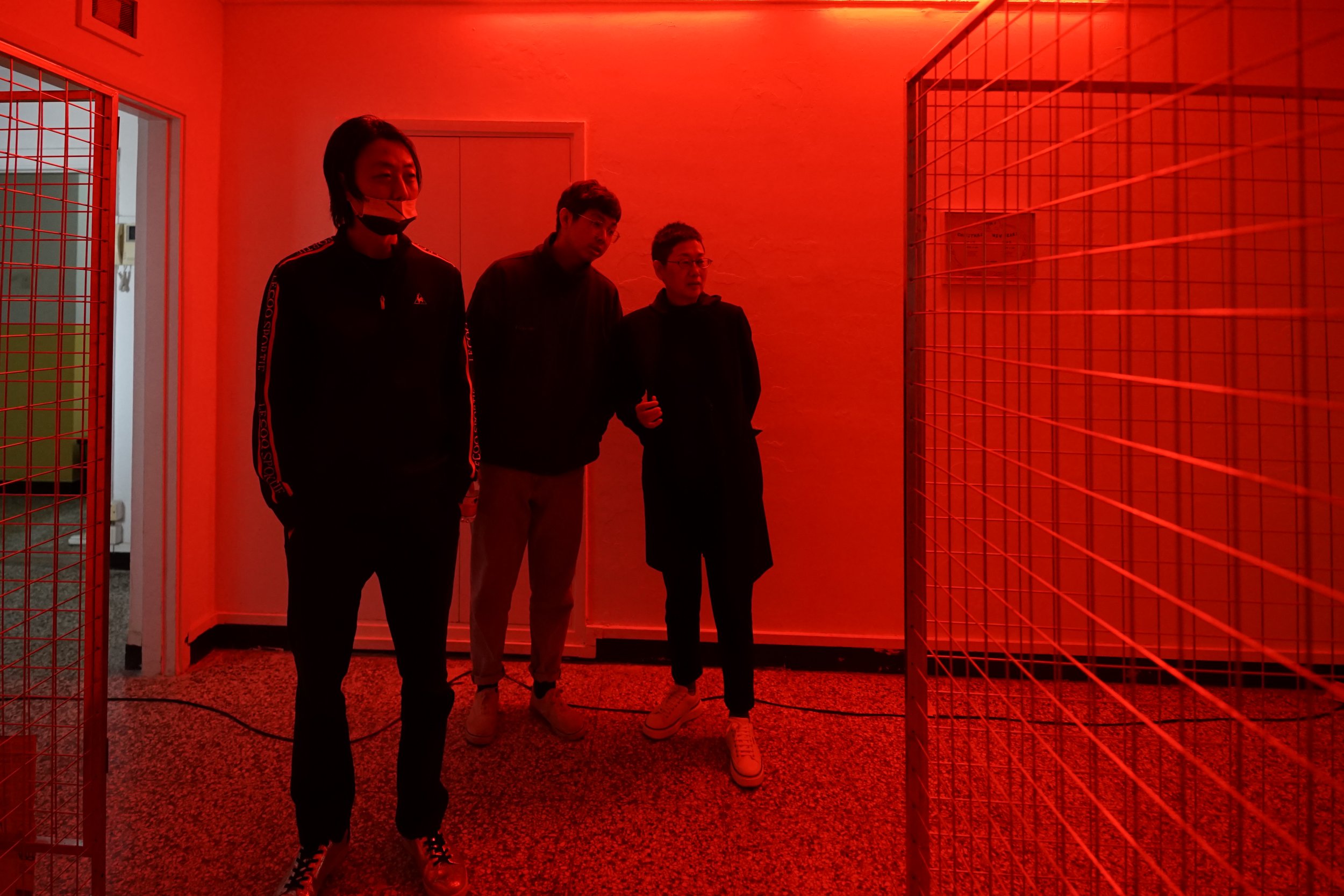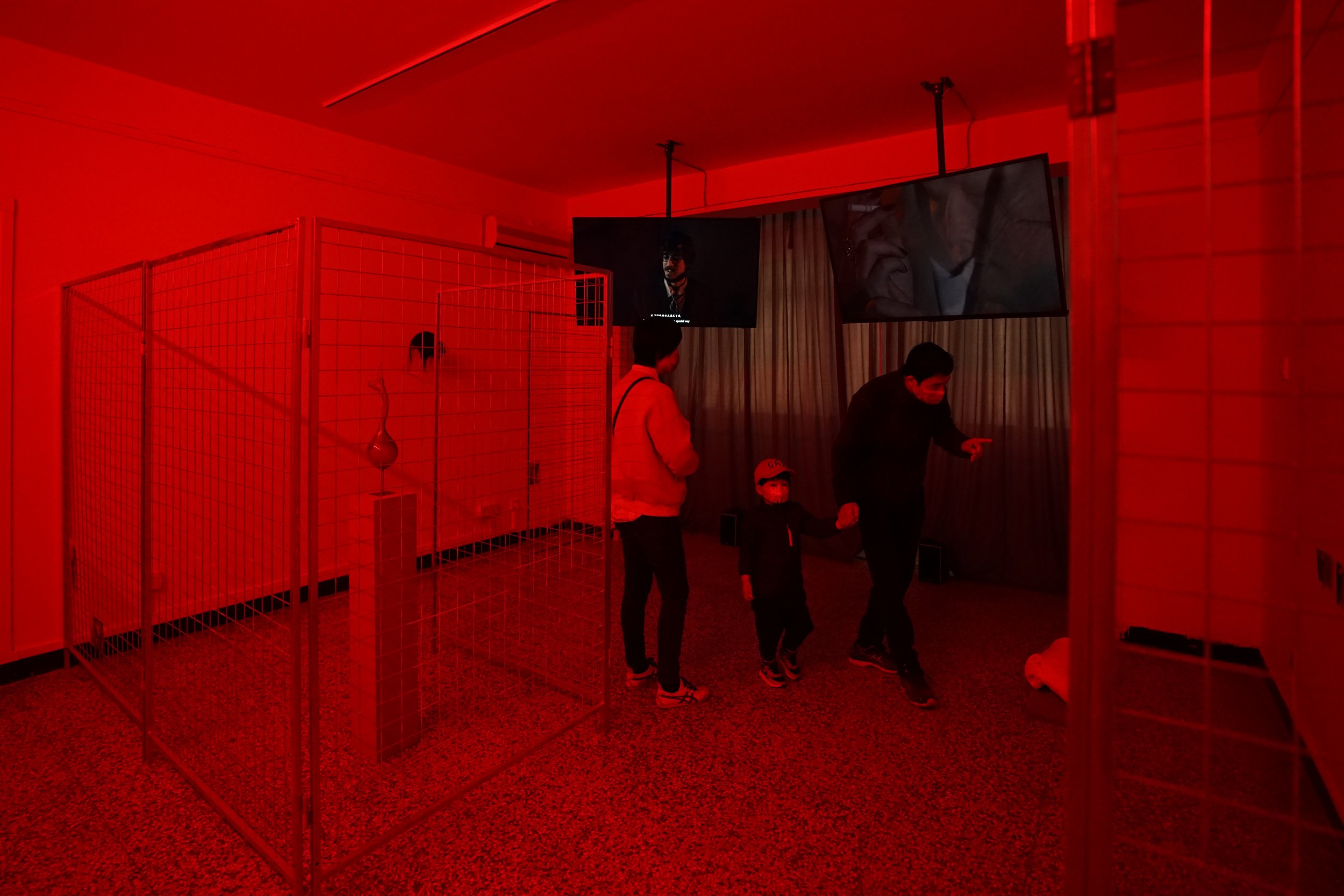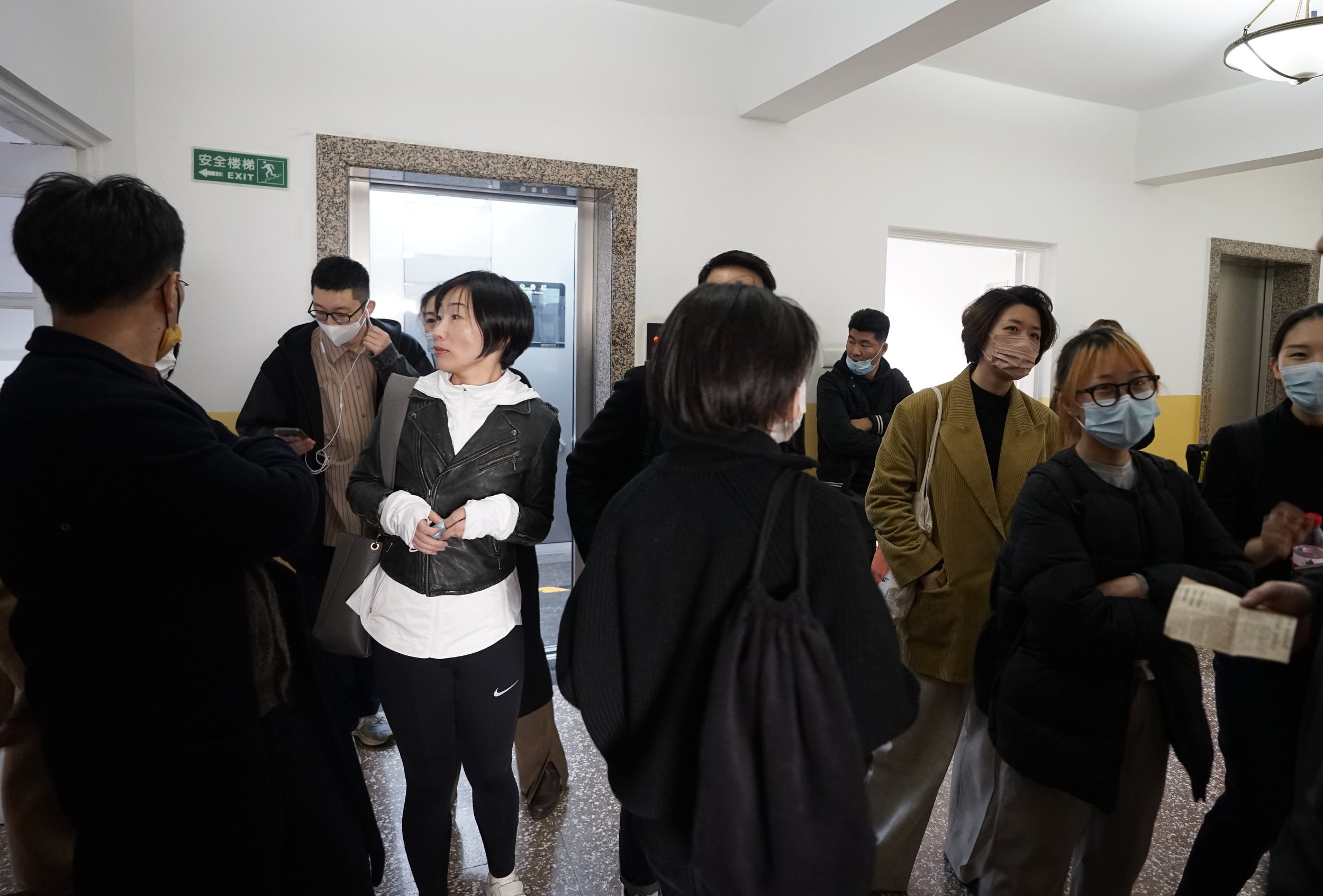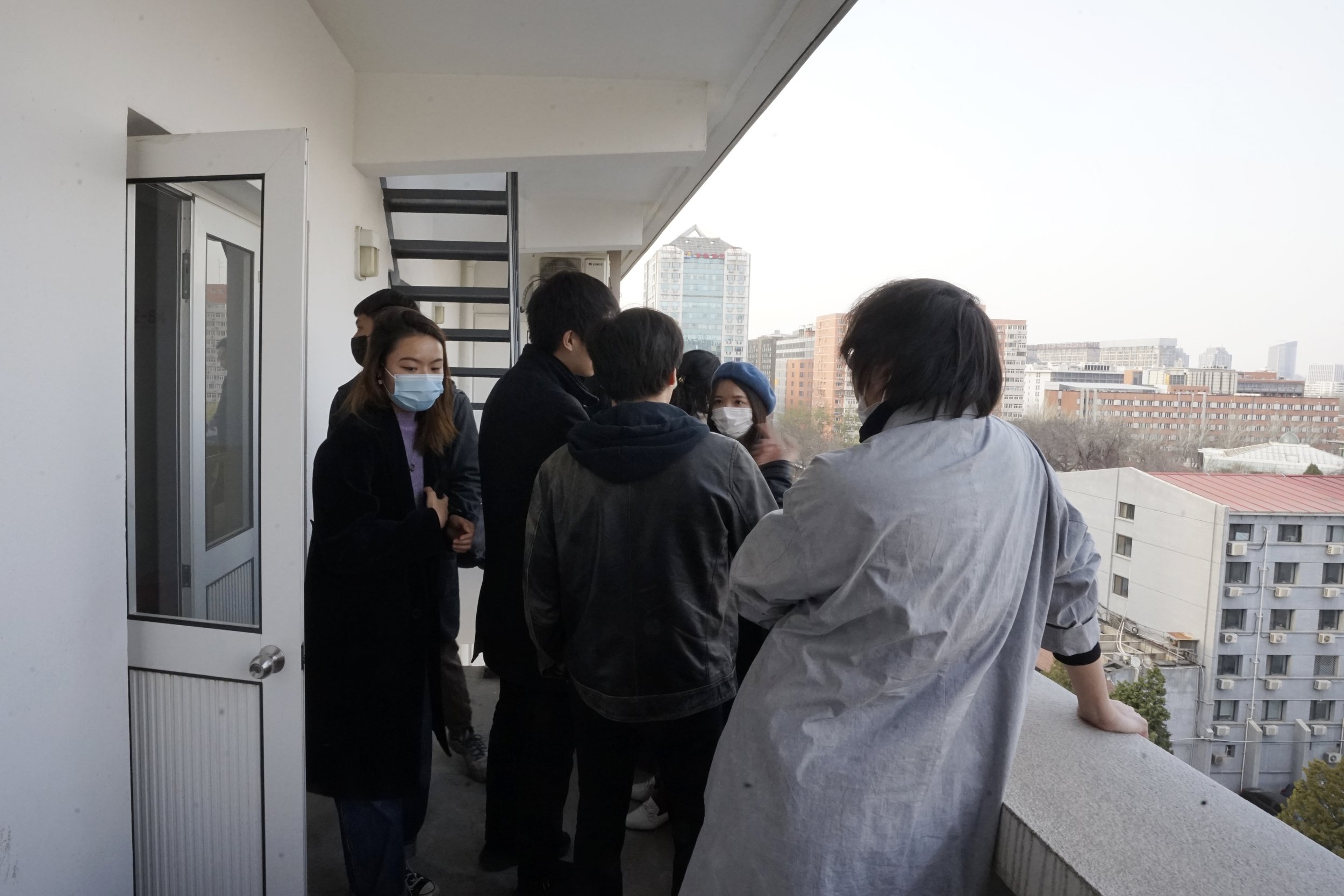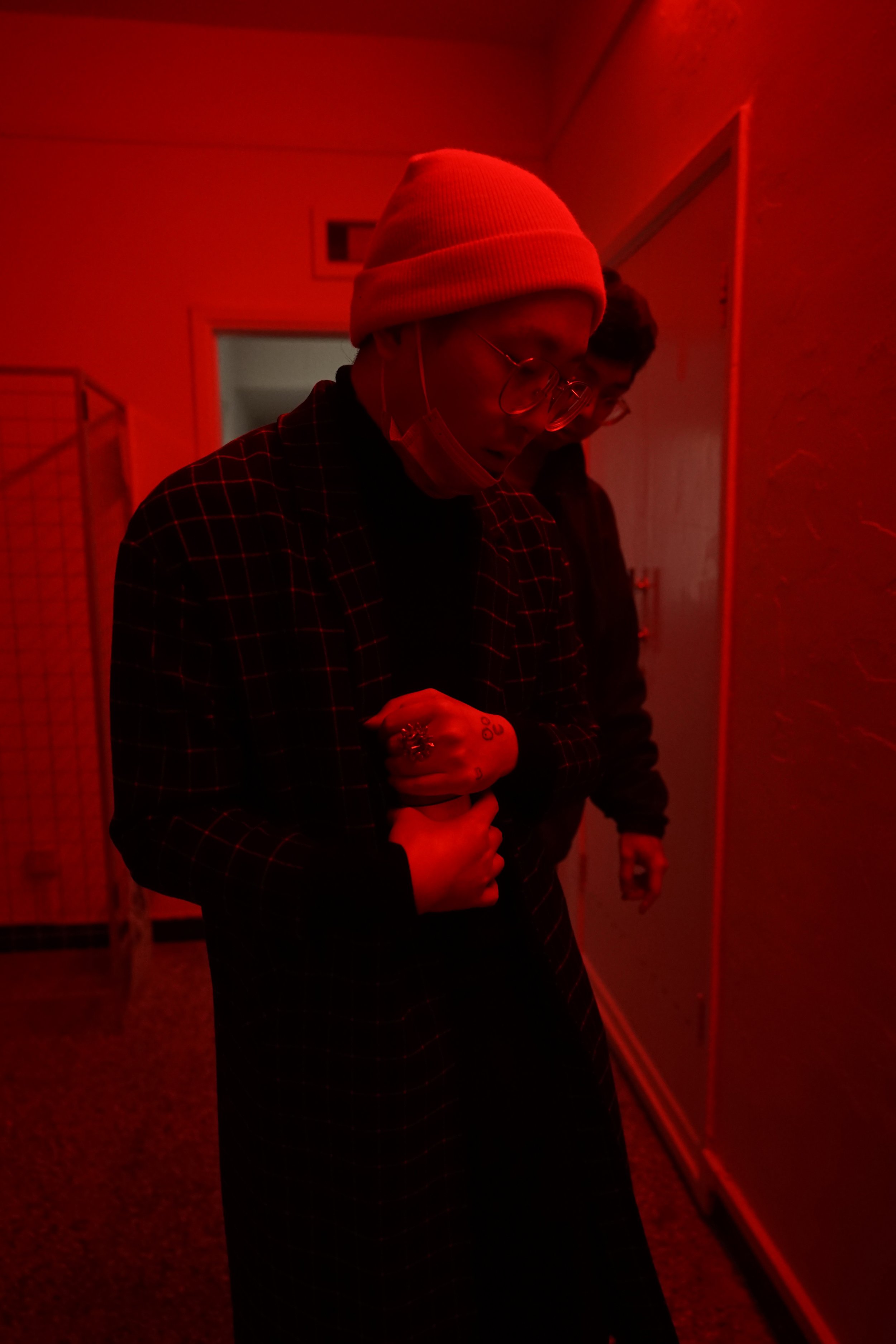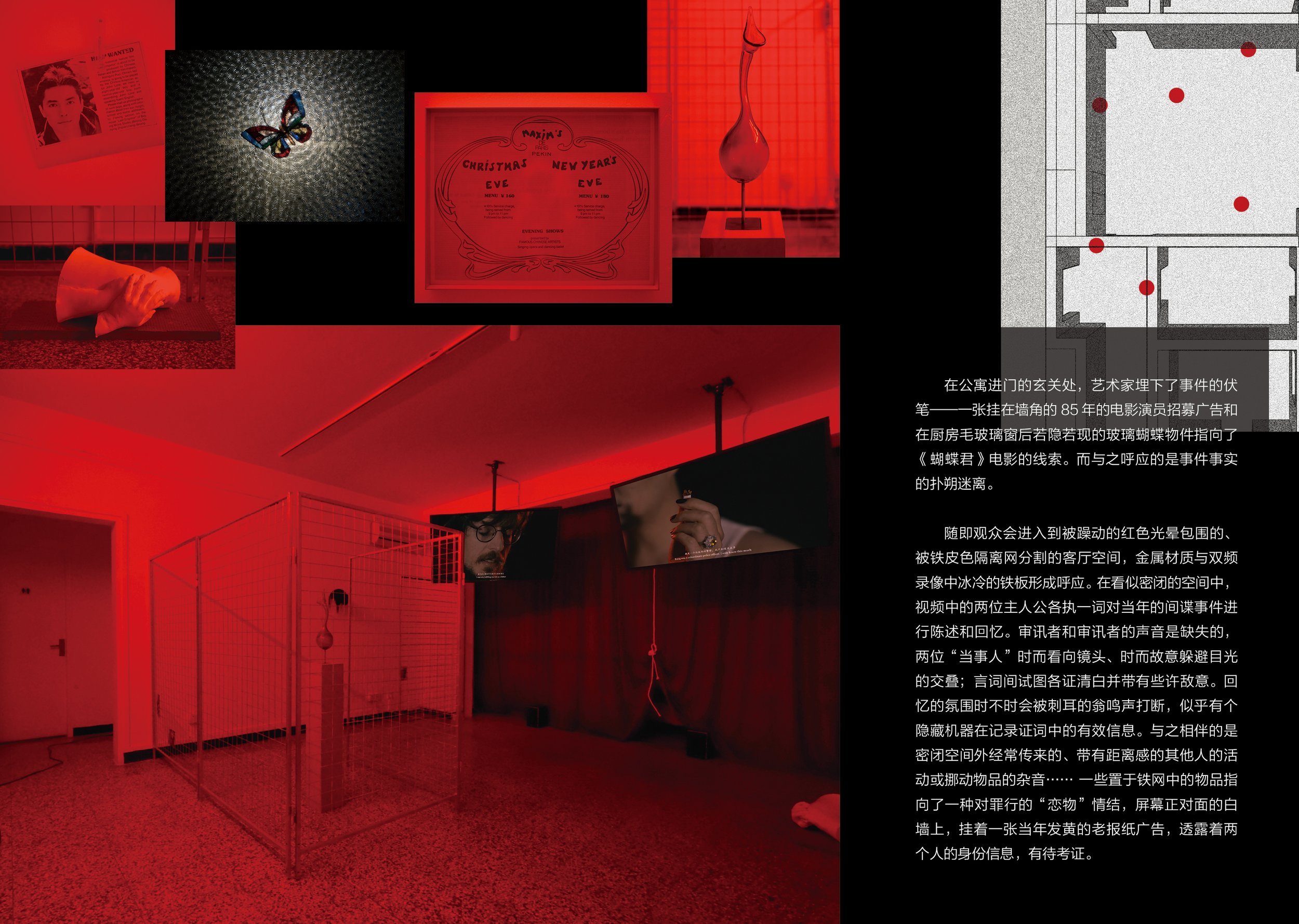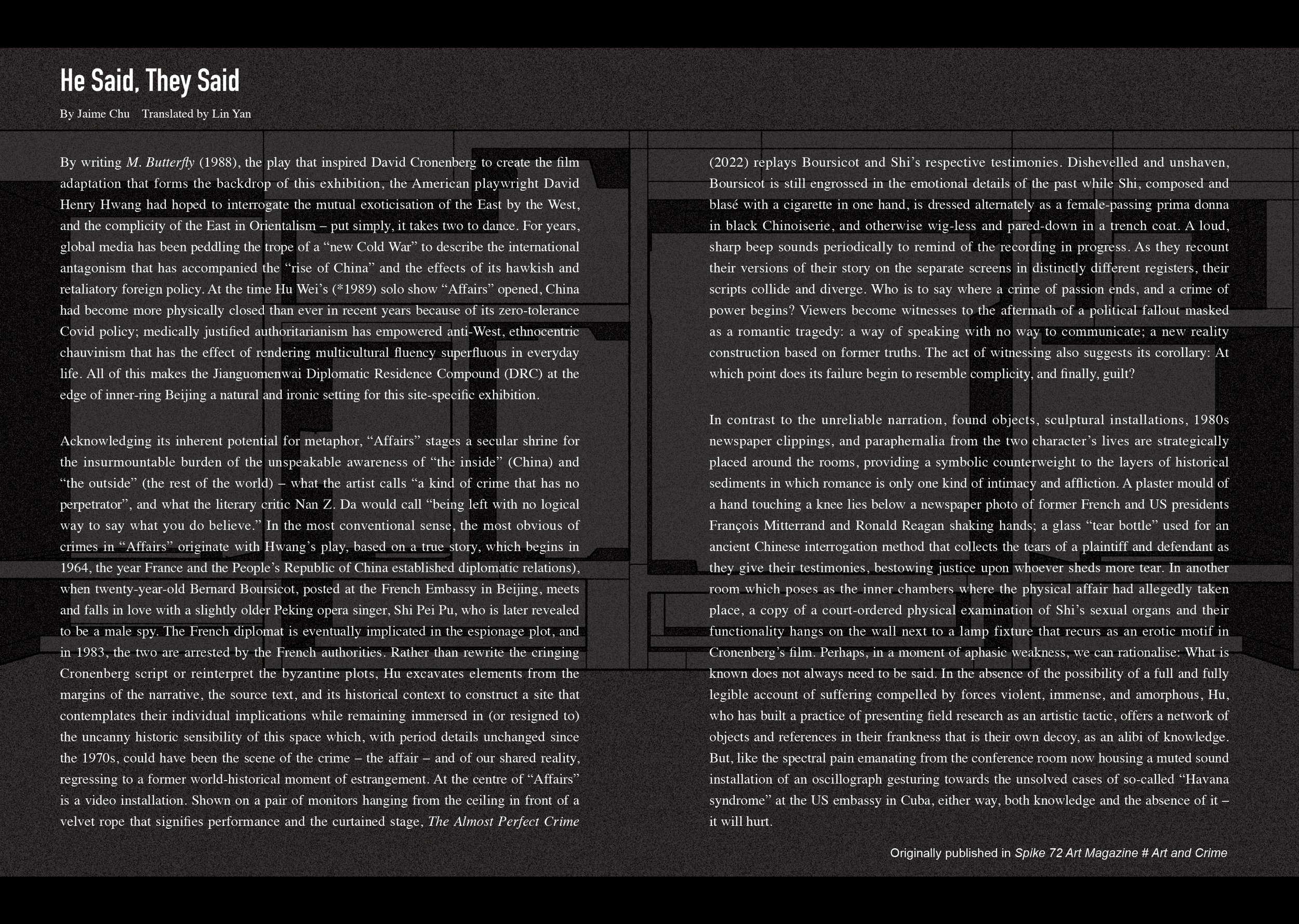In DRC No. 12, Hu Wei explores materials and narratives around the themes of "absence" and "silencing". Hu extracts and fictionalizes an obscure and rarely mentioned political crime (and transnational romance) from the Cold War. The artist shows us the dissociation of an intimate relationship and invites us to witness and examine the case uncovered in his artworks. The exhibition transforms a public historical event into an obsessive curiosity, an empathy with the criminal's narcissistic mind, and a fetishist pleasure. The elements of this story — law and order, crime, scandal, and deception — can also reference contemporary conflicts.
Given the dual attributes of the private and public nature of the DRC, Hu transforms this specific apartment space into a "crime scene", as in a detective novel. Combining facts of the incident and elements from the 1993 film "M Butterfly", the artist creates an atmosphere in DRC No. 12 that is entirely different from usual — he adjusts the light, reshuffles the rooms, blocks all natural light with curtains and drapes, and envelops the space with dim light.
In the apartment's entryway, the exhibition is foreshadowed by two objects — a movie casting ad from 1985 and a glass butterfly looming behind the kitchen's fritted glass window. They clearly point to "M Butterfly" but also suggest the obscurity of the actual event.
Then, we enter a living room surrounded by a manic red glow and divided by a tin-colored barrier mesh, the metal echoing the cold iron plates in the double-channel video. There are two screens in this seemingly confined space, and each shows a character making statements and recollections about the spy incident in the past. We cannot see the interrogator or hear his voice, but the two "subjects" sometimes look into the camera and sometimes deliberately avoid the overlap of their eyes; each tries to prove his innocence and is slightly hostile in his words. The atmosphere of reminiscence is occasionally interrupted by an ear-splitting sound as if a hidden machine is recording the valid information in the testimony. This is accompanied by the frequent, distant sounds of other people moving around or moving objects outside the confined space. Some of the objects placed in the wire mesh point to a "fetish" for the crime, and on the white wall directly opposite the screen hangs an old newspaper advertisement from back in the day. A yellowed newspaper advertisement reveals the identity of two people, which has yet to be verified.
As we move forward, we come into the bedroom on the south side of the apartment, which has an intimate atmosphere. A wall lamp from the 1970s, the exact one that has appeared in "M Butterfly" multiple times, tints the space a warm yellow tone. The light is dim, barely enough to illuminate the captions on the work. A seemingly mistaken gender identity is described and measured by documents and texts of physical examinations from back in the day, gradually outlining the morbid biological information of the person involved in the incident. A beige trench coat and an old-fashioned document case are placed in the center of the space, reminding us of a typical scene in a detective novel. A mini device with a constantly flashing red light sound template is taped on the box.
We can now see a signal line thrown on the floor and running throughout the apartment space is eventually connected to this sound device. Following the signal line, we go out of the bedroom and come into the conference room in the north of the apartment. The conference room is sealed off from view by a wire mesh. An unanimated office space appears under dark purple light, with tables and chairs, neatly arranged files, and an oscilloscope attached to the signal line at the end of a steel table. A 7,000 Hz sound waveform constantly changes with the sound signal it detects. The sound is a simulation of the hallucinations of American diplomats during the "sonic attacks" in Havana and several socialist countries in 2017, which the artist created and visualized through the instrument.
Two events related to the (old and new) Cold War intertwine in DRC No. 12. Both of them point to a kind of crime that has no perpetrator.
胡伟在外交公寓12号的空间内对“缺席”和“消音”的材料以及叙述进行探索。通过对上世纪冷战时期一桩“迷离”的、不愿被提及的政治犯罪(跨国恋情)的抽丝剥茧和虚构行为,艺术家邀请观众见证一段亲密关系的间离过程,并在作品重叠的情节中成为判断者和参与者。展览对公共历史事件的调查转换成了“侦探痴迷的好奇心”、对罪犯的自恋式认同和恋物癖乐趣。其中涉及到的法律、秩序、越轨行为、丑闻和谎言也成为了对当下冲突的指涉。
鉴于外交公寓私密和公共的双重属性,胡伟将这个特定的公寓空间转化为近似于侦探小说里暗昧的“犯罪现场”。通过对事件事实的追本溯源和对1993年电影《蝴蝶君》的影像资料的挪用,艺术家调整并调动了公寓空间里的光线和房间布局,将原本空间的自然光线用窗帘和帷幕遮挡,整个空间被昏暗的光笼罩,反转了外交公寓空间的以往印象。
在公寓进门的玄关处,艺术家埋下了事件的伏笔——一张挂在墙角的85年的电影演员招募广告和在厨房毛玻璃窗后若隐若现的玻璃蝴蝶物件指向了《蝴蝶君》电影的线索。而与之呼应的是事件事实的扑朔迷离。
随即观众会进入到被躁动的红色光晕包围的、被铁皮色隔离网分割的客厅空间,金属材质与双频录像中冰冷的铁板形成呼应。在看似密闭的空间中,视频中的两位主人公各执一词对当年的间谍事件进行陈述和回忆。审讯者和审讯者的声音是缺失的,两位“当事人”时而看向镜头、时而故意躲避目光的交叠;言词间试图各证清白并带有些许敌意。回忆的氛围时不时会被刺耳的翁鸣声打断,似乎有个隐藏机器在记录证词中的有效信息。与之相伴的是密闭空间外经常传来的、带有距离感的其他人的活动或挪动物品的杂音…… 一些置于铁网中的物品指向了一种对罪行的“恋物”情结,屏幕正对面的白墙上,挂着一张当年发黄的老报纸广告,透露着两个人的身份信息,有待考证。
继续往前走在公寓南边的卧室中,观众会感受到更私密的氛围。一盏70年代的,在《蝴蝶君》电影里反复出现的壁灯将整个空间染成暖黄色,昏暗但足以照亮需要作品上需要被读取的文字信息。一个看似错误的性别身份被当年的身体检查的文件和文字描述、测量和定位,逐渐勾勒出事件当事人的病态的生理信息。米黄色的风衣和老式文件箱以间谍小说式的方式摆放在空间中央,一个迷你的、不断闪着红灯的声音模版用纸胶带简单的贴在箱子上。继而观众会发现,一条甩在地面上并贯穿整个公寓空间的信号线正是连接在这个声音装置上。沿着信号线走出卧室来到外交公寓最北边的会议室空间。在本次展览中会议室空间被铁网隔绝而不可进入,在幽暗的紫光灯下一个近似于官僚体系的办公室空间——有桌椅,摆放整齐的文件,放置在铁板桌面尽头、连在信号线上的示波器出现在观众面前。一条7000赫兹的声音波形随着它检测出来的声音信号不断变化。而这个声音正是艺术家模拟的2017年在哈瓦那和多个社会主义国家发生的“声波袭击”事件中美国外交官产生幻听的声音,艺术家制作出了这段音频并且通过仪器把它视觉化。
两个与(新、旧)冷战相关联的事件线索交织在外交公寓12号空间里面,它们都指向了一种缺失施罪者的犯罪行为。

























